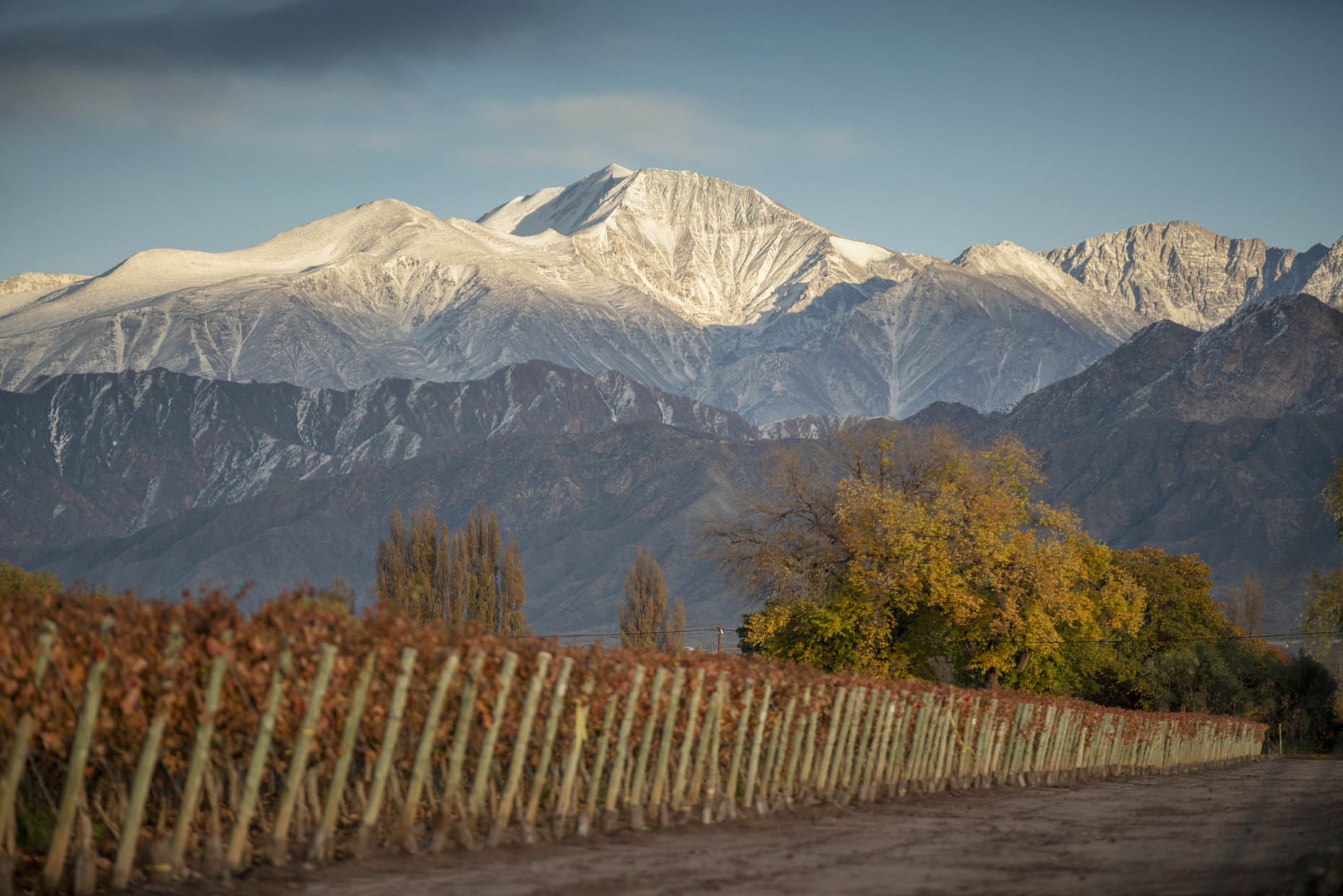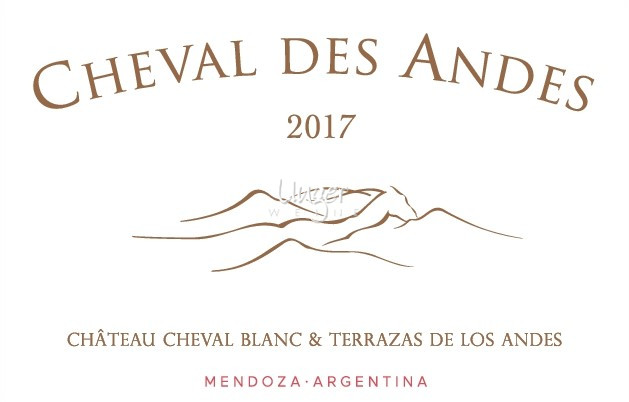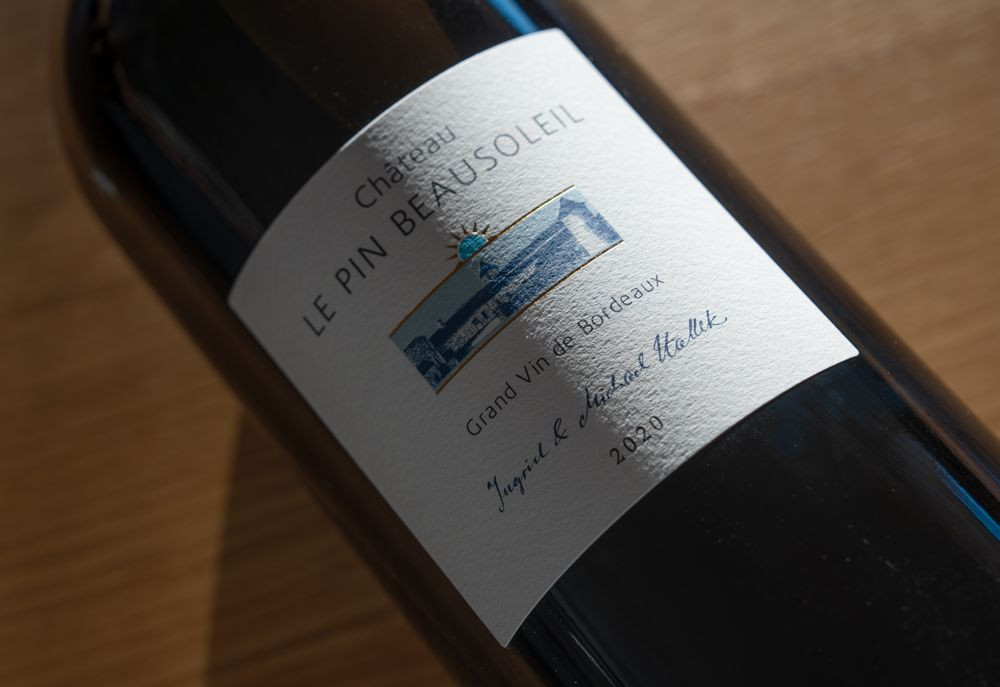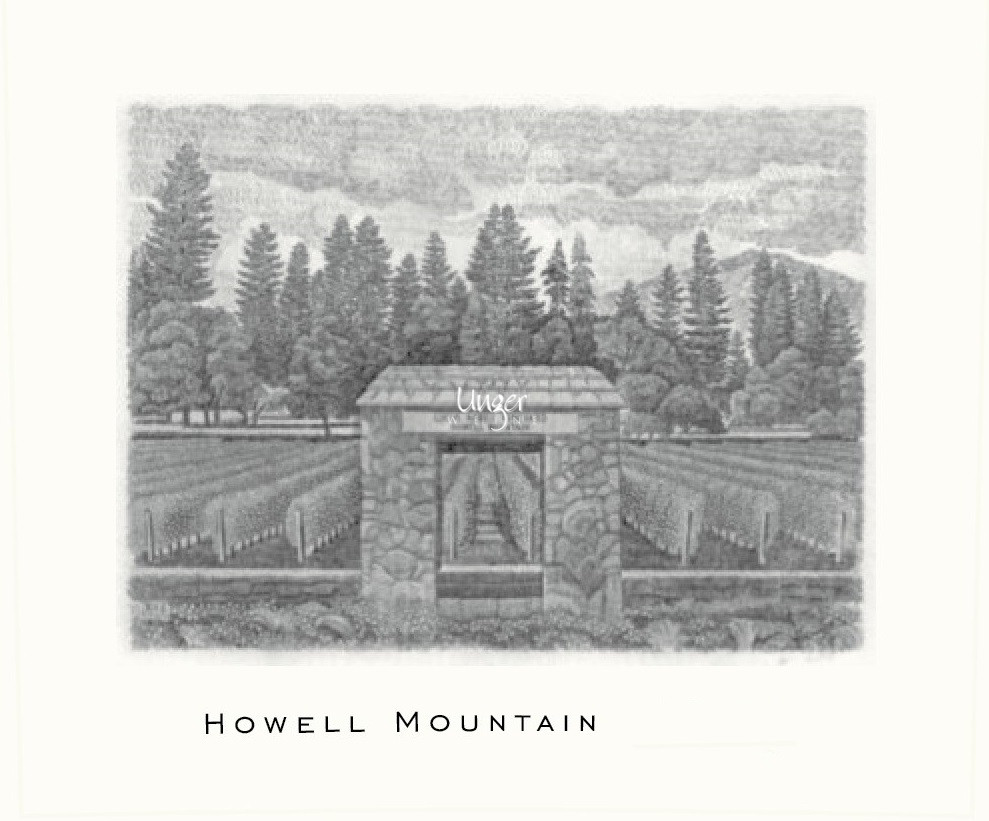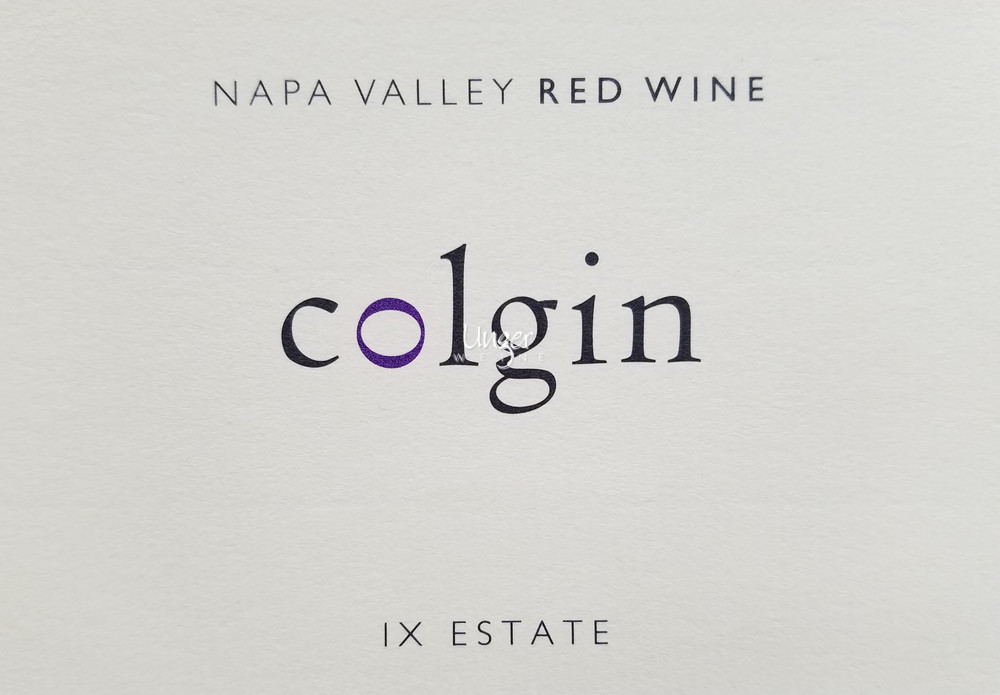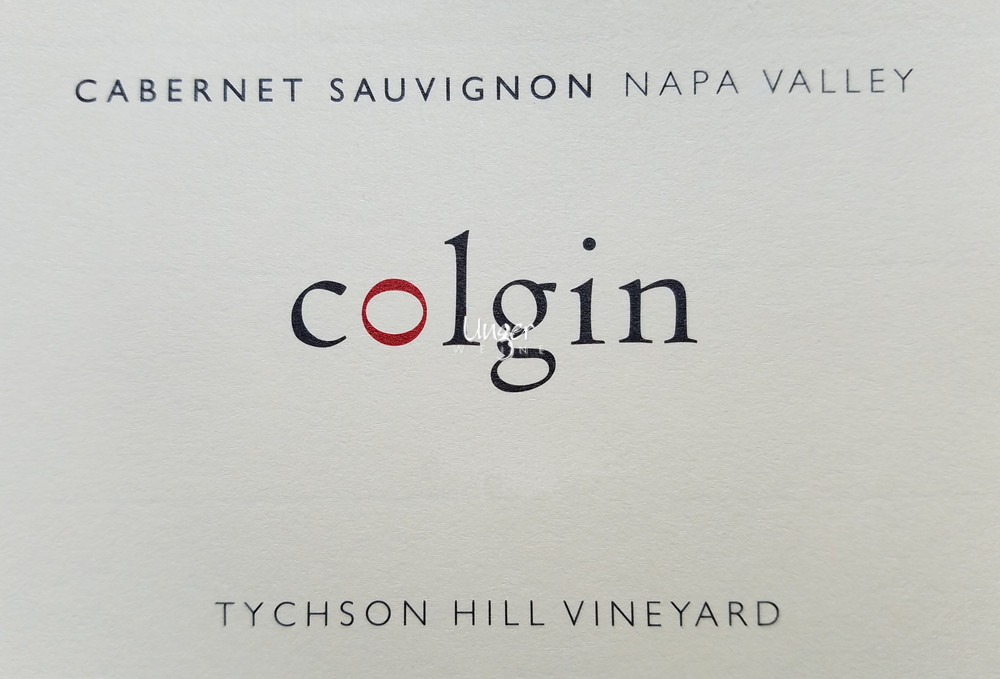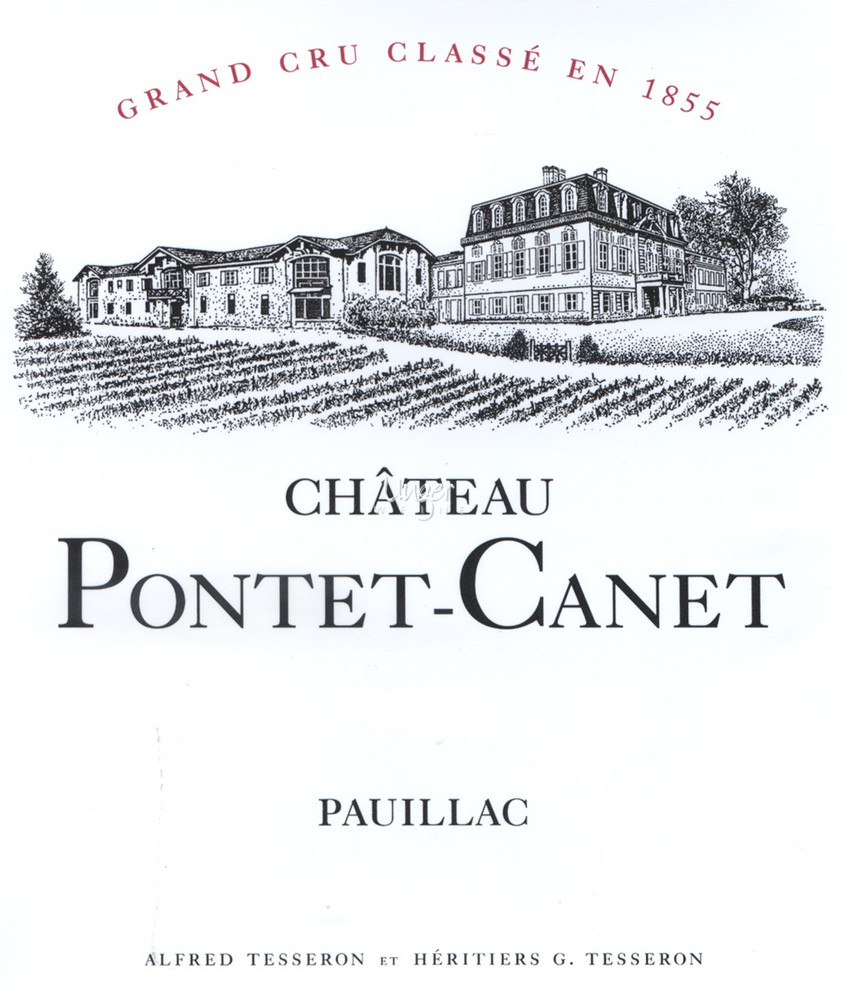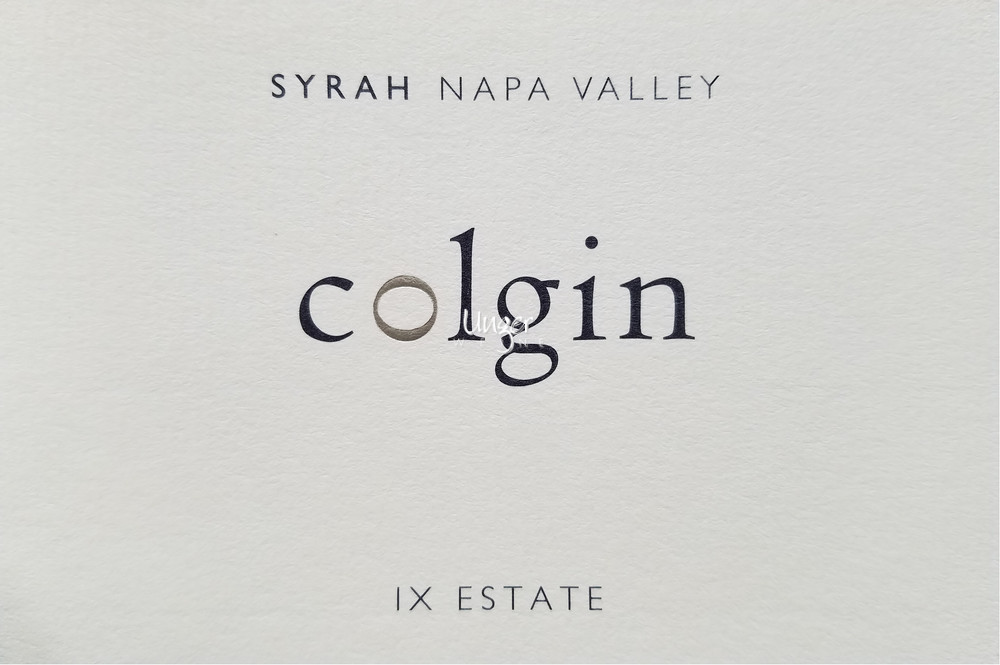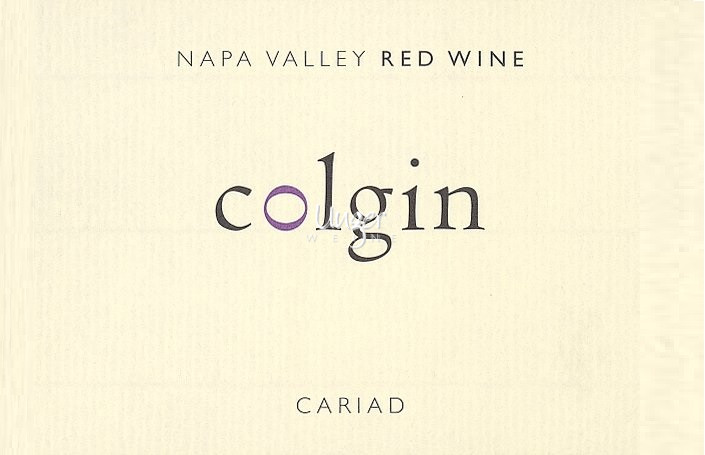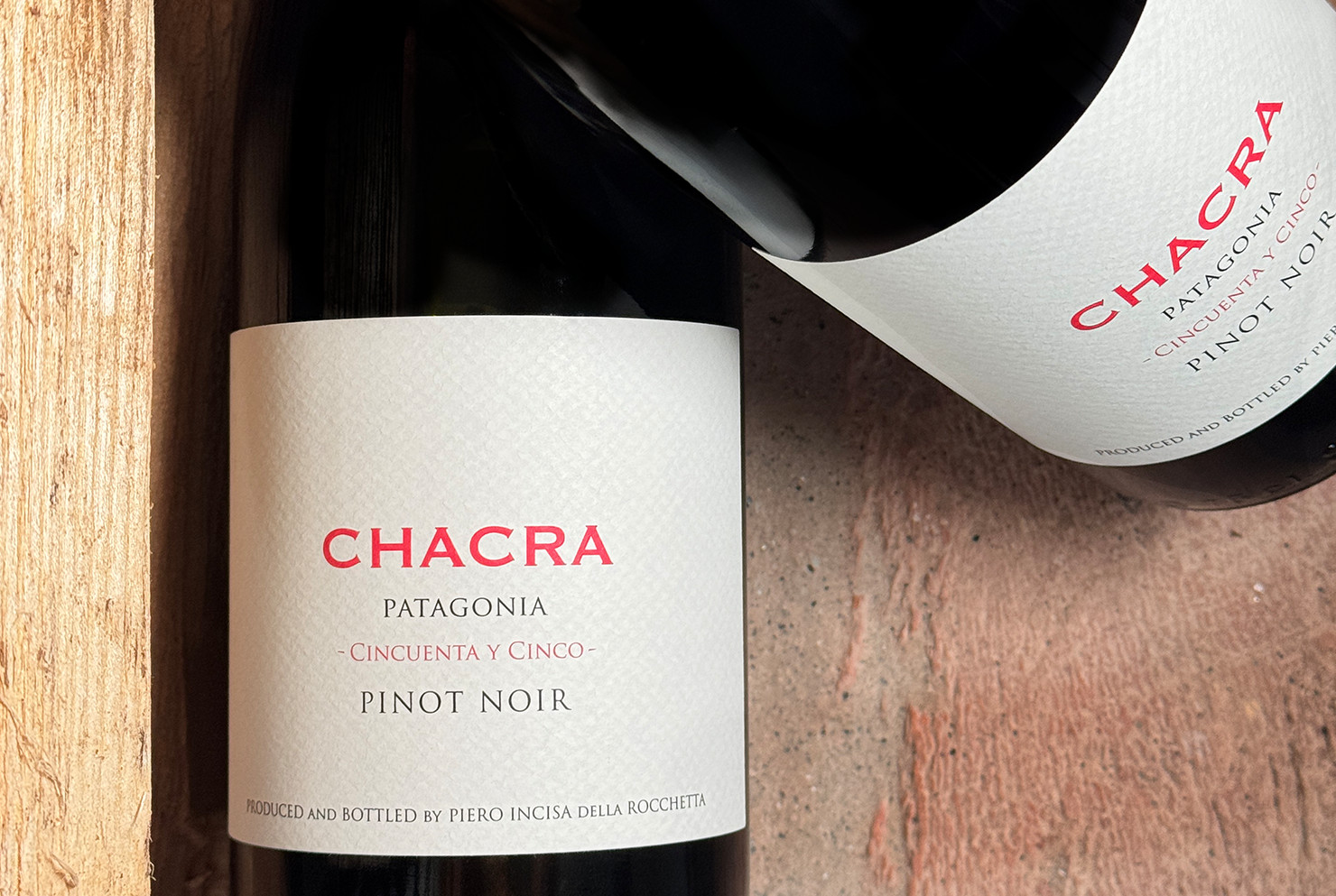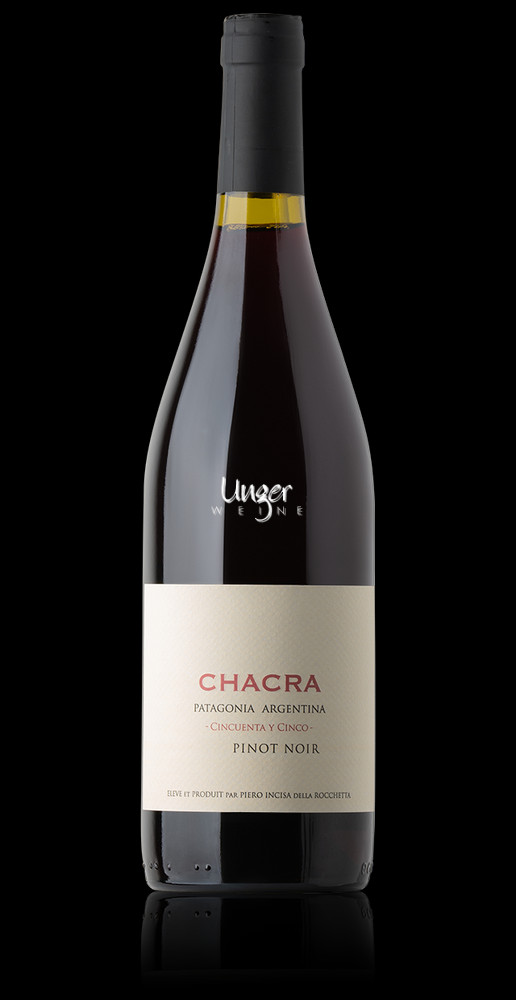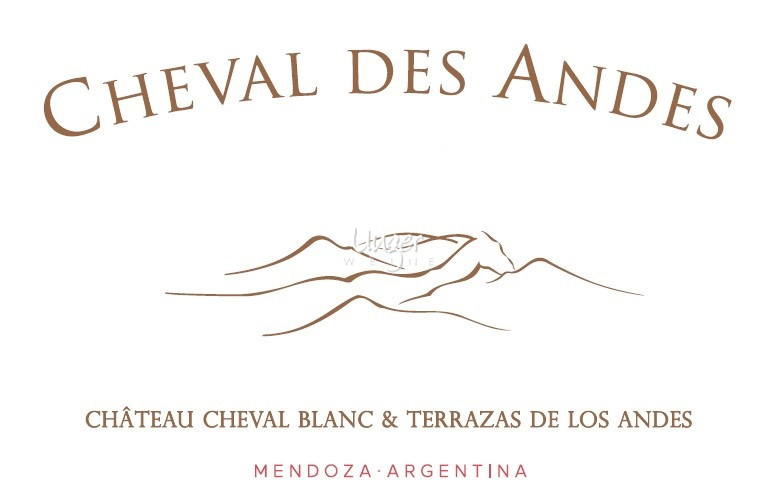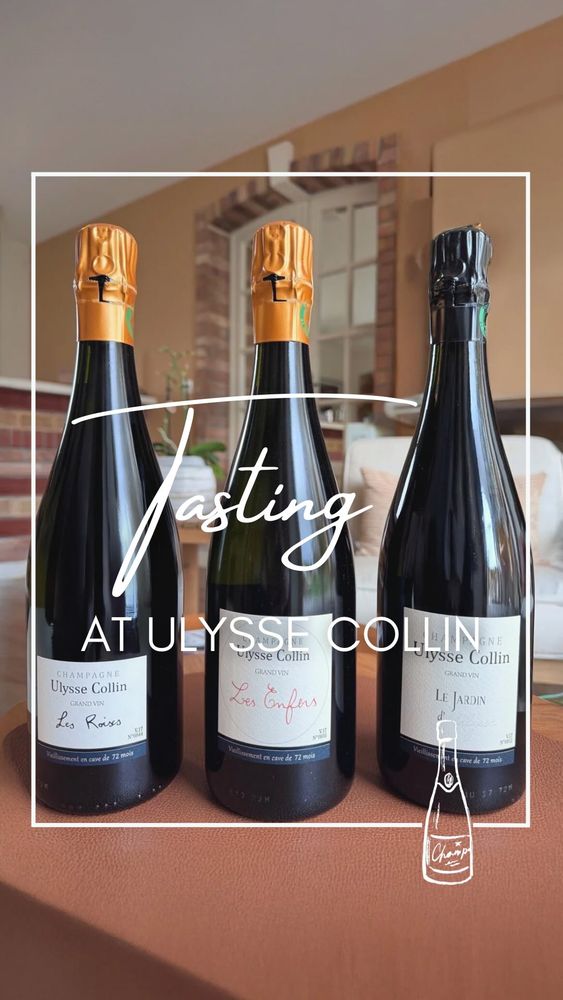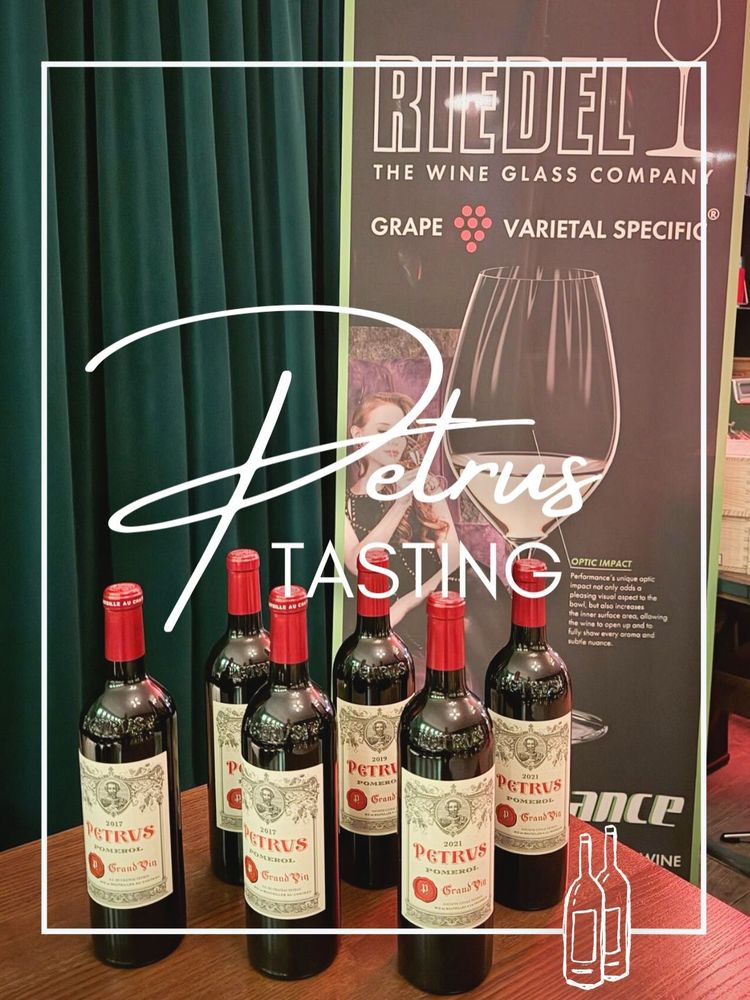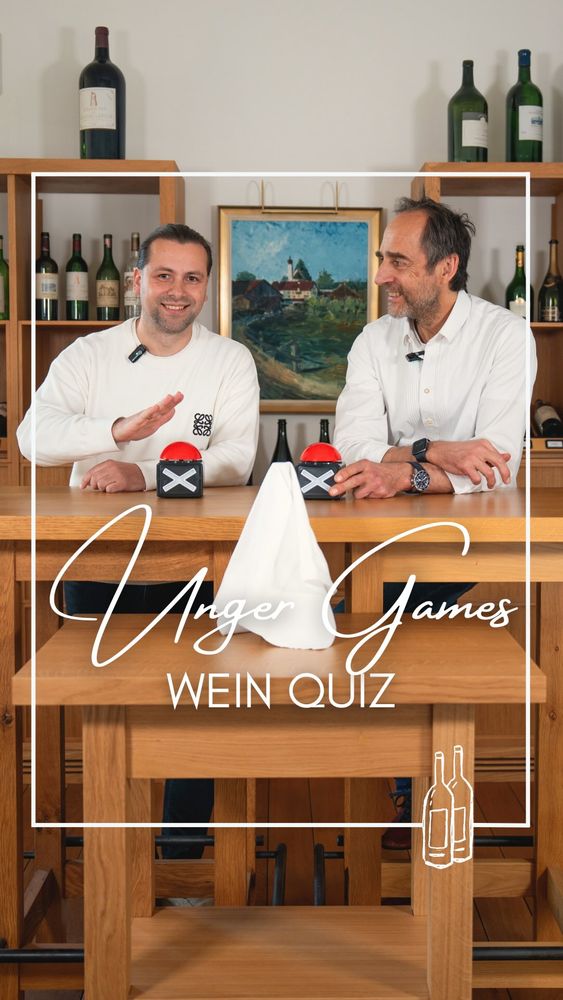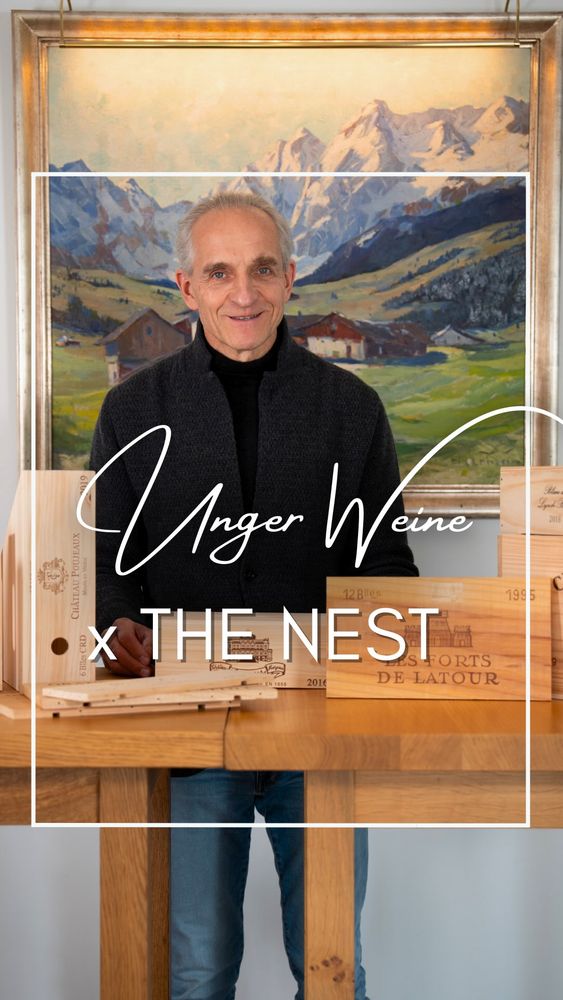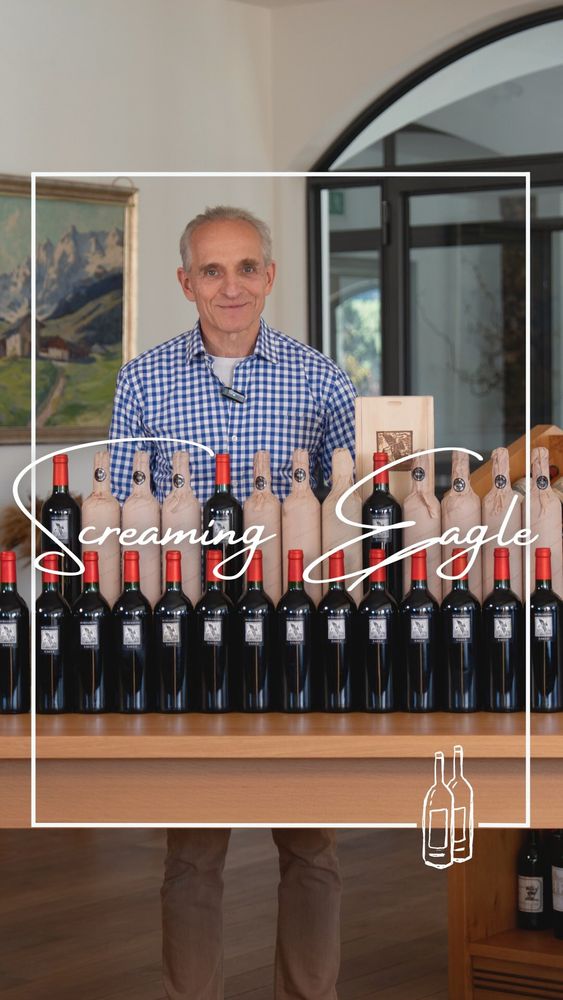"The 2020 Cheval des Andes was harvested from the last of February for the first time ever. It was Gabillet's second vintage at Cheval des Andes, and that year, he had to start without waiting for Pierre Olivier Clouet and Pierre Lurton from Cheval Blanc; when they arrived, they had finished picking the Malbec, which surprisingly was fresher in Las Compuertas (because of the higher percentage of clay?) than in Altamira (where the vines suffered more stress), saving the freshness. They now harvest using cold trucks (for the first time), and they also started earlier in the morning (six in the morning, impossible earlier in Mendoza…), which he reckons was very good for the precision of the wine. They used 40% 225-liter barrels, 40% 400-liter oak barrels and 20% 2,500-liter foudres, half of them new and with an élevage of 15 months on average, depending on the lots and varieties from 12 to 18 months. The final blend was 49% Cabernet Sauvignon, 49% Malbec and 2% Petit Verdot, which makes a comeback as it was not used since 2016. The key was to finish the fermentation of the Petit Verdot without skins, and that way, they have been able to use it in the blends of 2021, 2022 and 2023 in small but increasing percentages. This is slightly riper than 2019, with a little more alcohol (14.5%) and with very good structural tannins but saving the freshness, and it has the spicy side from the Petit Verdot (Gabillet talks about white pepper). The wine has the ultra sleek and polished texture and the elegance and the balance that is the signature here; the wine is very clean and precise. I see very good regularity across the three vintages I tasted next to each other—this 2020 and the 2018 and 2019. Overall, this is a triumph over the adverse conditions of the vintage. They produced their usual 100,000 bottles (since 2018), as they are renewing their vineyards and want to keep the volume stable. They produce this volume from the 36 productive hectares they have in Las Compuertas and Altamira. There are some more changes: in 2020, they went for a lighter bottle, weighing 100 grams less than the one they used in 2018 and 2019, but close to 300 grams less than the bottle from before. It's also a slimmer bottle, always thinking about the environment. They are very focused on agroecology, accelerating the regenerative viticulture and using cover crops; they have planted 1,900 trees in the last three years, creating small clusters of biodiversity for birds. They have transplanted some centenary olive trees and keep their sheep and lamas on the property. Very green-minded."
